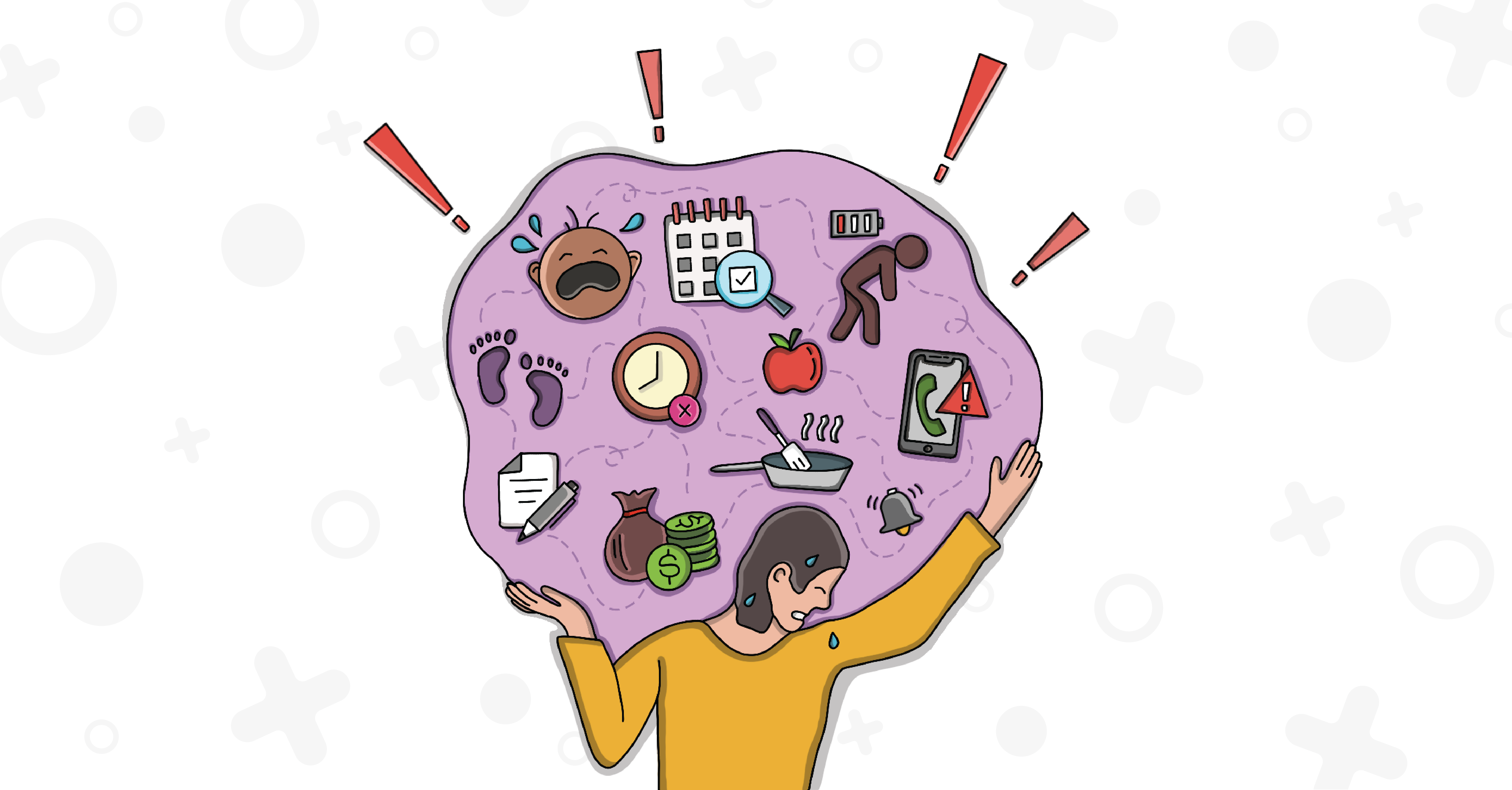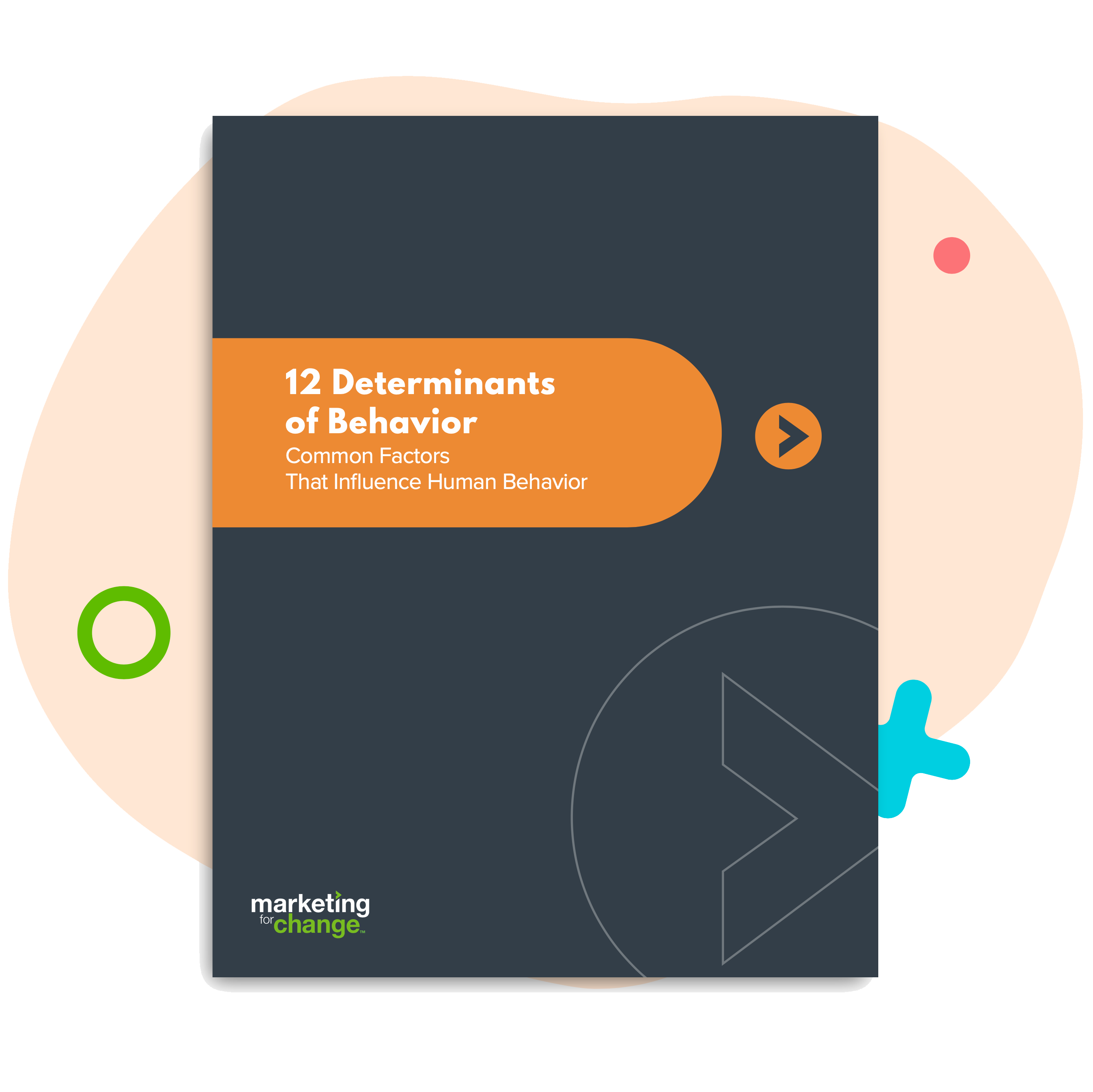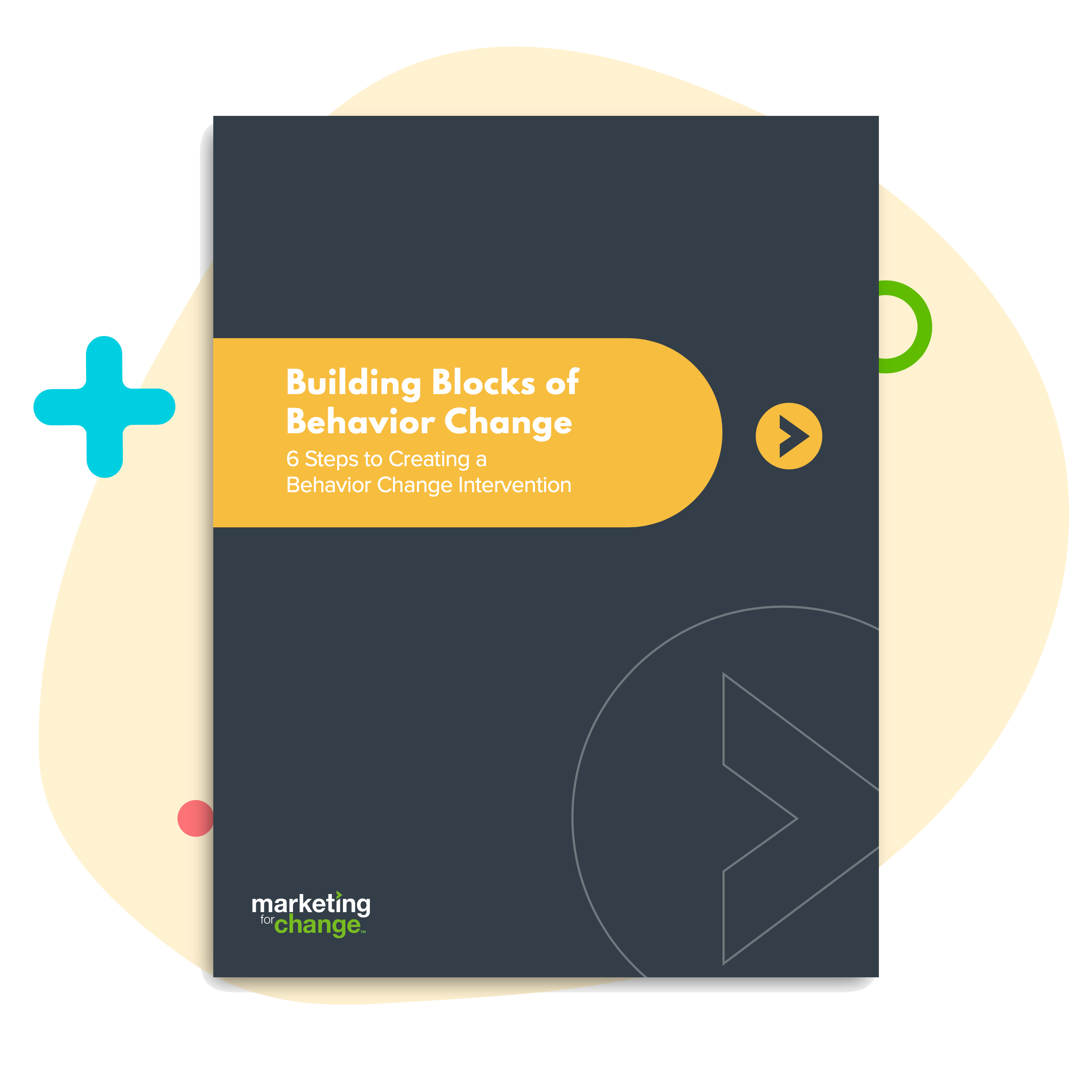
Coronavirus Has Hit — Here’s Why You’re Still Not Washing Your Hands
My local Costco has run out of toilet paper. Home Depot has been raided of all N95 masks. Across the country, big in-person gatherings have been canceled for the foreseeable future, and lots of employers (including my agency) are asking people to work from home.But the No. 1 defense against the coronavirus — frequent and thorough handwashing — still struggles to gain traction. Sure, you’ve seen the news stories recommending handwashing and maybe an overly sincere video or two demonstrating how to do it. You might even think you are washing your hands a lot.
But studies show we don’t wash our hands as often as we say we do — especially when there’s no one around to watch. The truth is, most of us would rather stock up on bottled water (when coronavirus poses a 0.0% threat to the water supply) than head to the nearest sink and soap up.
Like so many other behavior-change challenges, something as simple as getting people to wash their hands turns out to be not so simple after all.
3 ways to boost your probability of lathering up
At Marketing for Change, we start any behavior change effort by analyzing the behavioral determinants at play. Here are a few ways to harness these behavioral drivers to address the problem at hand.
1. Make NOT washing your hands disgusting. Human behavior can be influenced by rewards and penalties. But after about age four, it’s hard to give out gold stars or demand pre-dinner inspections to get people to wash their hands.
But here’s one “penalty” that does work: playing up the ick factor. Studies in multiple contexts across both developed and developing countries have found that disgust is often more effective than education at increasing handwashing with soap. It’s also an approach we took with our Fifth Guy pandemic flu-preparedness campaign, which boosted rates of handwashing in the early 1990s.
Need to gross yourself out to get motivated? Consider this: one study found that more than 1 in 4 people who took public transportation to work walked into the office with fecal bacteria on their hands. Wash the poop off your hands, people. We’ll all feel better.
2. Tie it to triggers. One of the reasons that handwashing is hard, is that — unlike putting on an (ineffective) mask or buying up a year’s supply of bottled water — it’s not one and done. You have to remember to do it over and over and over again. And that in and of itself makes it a hard behavior to do consistently.
One way to boost your handwashing success rate is by tying it to triggers. Make it an automatic first thing you do after walking into the office or after walking into the house at the end of the day. We assume you are washing your hands after using the restroom. (Because, um, yuck). But also make sure that any urge to put food in your mouth prompts an accompanying urge to make sure your hands are clean. Once you tie reaching for food to reaching for soap and water, you’ll be surprised (and grossed out) when someone tucks into a meal without first excusing themselves to wash up.
3. Put it to music. So. Back to that overly sincere handwashing video. Handwashing is literally something a kindergartner can do, but you do need to lather up for 20 seconds to scrub COVID-19 and other germs off your dermis. And that just so happens to be exactly how long it takes to sing the Happy Birthday song to yourself. Silently, please.
Beware the spillover effect
So what’s the harm in buying up all the masks at Home Depot or hoarding enough toilet paper to supply a small town full of prank-prone teenagers? Well, for one, health care workers need the masks more than you do. But these buying behaviors also alleviate your urge to take action — leading to what’s known as moral licensing. Essentially, wearing a mask or hoarding supplies makes you feel like you have taken adequate steps to protect yourself, and reduces your urgency to do other behaviors that actually will help keep you safe. Like washing your hands.
So here’s hoping you’ll join me in becoming a handwashing fanatic. And then maybe you can start doing the elbow bump and the Dracula sneeze next.

Sara Isaac is Chief Strategist at Marketing for Change.







